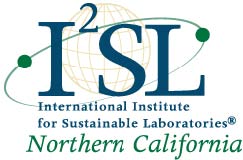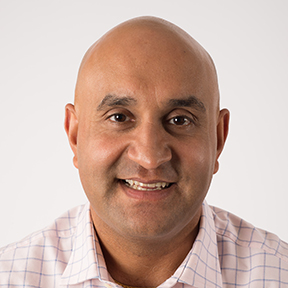 +
+ 
Cal OSHA Fumehood
Requirements and What
Can Be Done About Them
Virtual Webinar
Join ISPE’s upcoming webinar! Cal OSHA requires that fumehood face velocity be maintained at 100 feet per minute. While it’s not necessarily true that 100 FPM is any safer than a lower face velocity, it’s also not necessarily true that a lower face velocity saves you energy. This session looks at how we specify and operate fumehoods in order to reduce our energy consumption while still maintaining safety, is it worth seeking a variance for a lower face velocity, and should we be looking to lobby for changing this regulation.
Register Today!
GUEST SPEAKERS:

GURDAVER SINGH, PE, LEED AP, Principal Guttmann & Blaevoet Consulting Engineers
An award-winning engineer, Gurdaver has dedicated over 25 years of his career in developing strategies and engineering solutions to help clients provide a safe laboratory environment while drastically reduce energy consumption and work toward carbon neutrality. He has worked extensively with both public and private sectors. His recent experience includes the $65M LEED Gold certified Office of the Medical Examiners for the City and County of San Francisco, the $56M Chemistry Building Addition and Renovation for UC Davis, $32M Natomas Center for American River College, clinical spaces for Kaiser Permanente and Stanford Health as well as research laboratories for major life science and pharmaceutical companies. Gurdaver is actively involved in I2SL and has presented innovative ideas and best practices for laboratories at local seminars and national conferences. Gurdaver is a licensed Mechanical Engineer in California and a LEED Accredited Professional. He holds a Bachelor of Science with Honors in Mechanical Engineering from Dundee University in the United Kingdom.

GREG MUTH, RA, S+T Lab Planner, West Coast Stantec - Architecture and Engineering
Greg is the leader of S&T Planning for Stantec in California and has 30 years’ experience in the design as well as project management of science & technology projects. He has participated in the design of over 12 million square feet of research space worldwide and has a proven record of completing complex research projects as well as working with faculty and researchers to develop beautiful and functional spaces. Greg understands how to coordinate all the disciplines involved to create high-performance spaces. He teaches courses in laboratory and HVAC design and is an expert in laboratory ventilation and a leader in sustainability for laboratories.